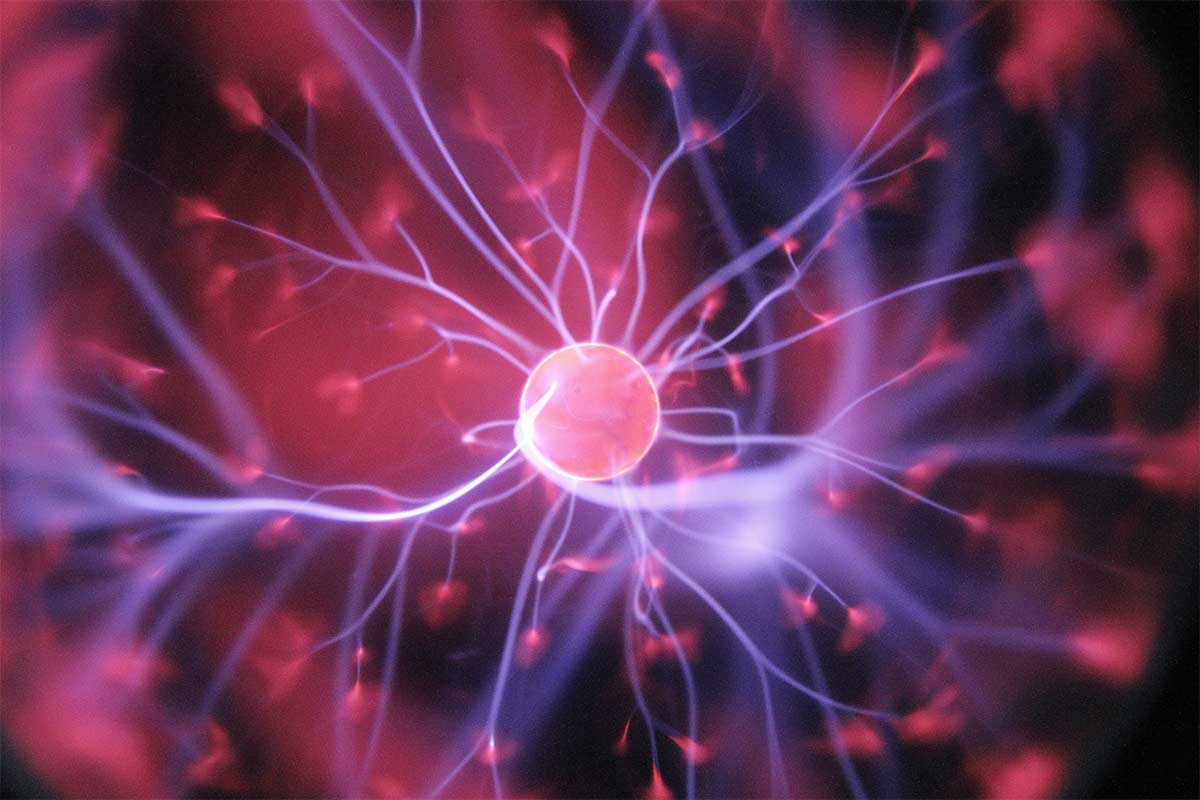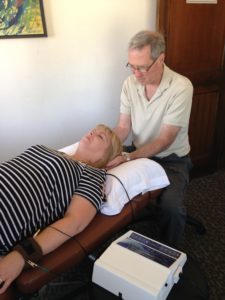Myofascial Trigger Points and Frequency Specific Microcurrent


Kevin Brick, OT at Synergy Healthcare
Myofascial trigger points are a well-documented source of head neck and face pain. These trigger points have been mapped by Travell and Simons and you can see pictures of these up in our clinic. As some of you well know, myofascial pain can cause severe and debilitating pain in the head, neck, and face and can lead to restrictions in the normal motion of the joint. It can also lead to problems including impaired neurological function, circulation, and lymphatic flow. Other issues include sinus congestion, difficulty swallowing, ear pain, dizziness, tinnitus, dry cough, blood pressure fluctuations, paresthesias in the face, eye pain, blurred or double vision, migraines and tension headaches, and restrictions in cervical motion. Repeated experience of a sympathetic stress, biomechanical overuse, crush injuries, or trauma will cause predictable tissue changes, these changes are the things that cause trigger points because of the biochemical changes in the muscles.
It is hypothesized that Frequency Specific Microcurrent has demonstrated changes in fibrosis, scar tissue, mineral deposits, inflammation, and spasms when specific frequencies are used for veins, connective tissue, arteries, and nerves. The response is frequency specific. An inappropriate or ineffective frequency produces no change in tissue no the matter how long it is applied. A correct frequency produces the characteristic softening of the tissue In moments. Another hypothesis to the effectiveness of this modality is the increase in ATP production, protein synthesis, and membrane transport at a cellular level.
This treatment is utilized as part of a whole comprehensive approach including specific manual therapy techniques, exercise prescription and diet modification. We are starting to see changes in clients with long-standing neuropathic pain, post-concussion syndrome, migraines, and scar tissue that is impacting the lymphatic flow and postural imbalances.
Frequency Specific Microcurrent as an independent modality is not covered by insurance. If utilized in treatment, we consider the treatment bundled with other techniques including manual therapy and exercise prescription. Depending on the diagnosis, recommended intervention is 2-3 times per week, we have priced treatment at one dollar per minute depending on the protocol. Some protocols run 20 minutes some run over 80 minutes. Patients are required to be hydrated, up to 2 quarts of water within the two hours proceeding treatment to get the most from it. (excerpts from this article taken directly from Microcurrent treatment of myofascial pain in the head, neck, and face Carolyn McMakin MA CD- with permission).
